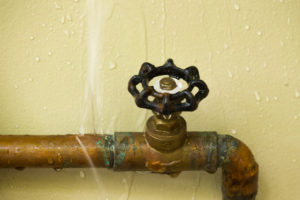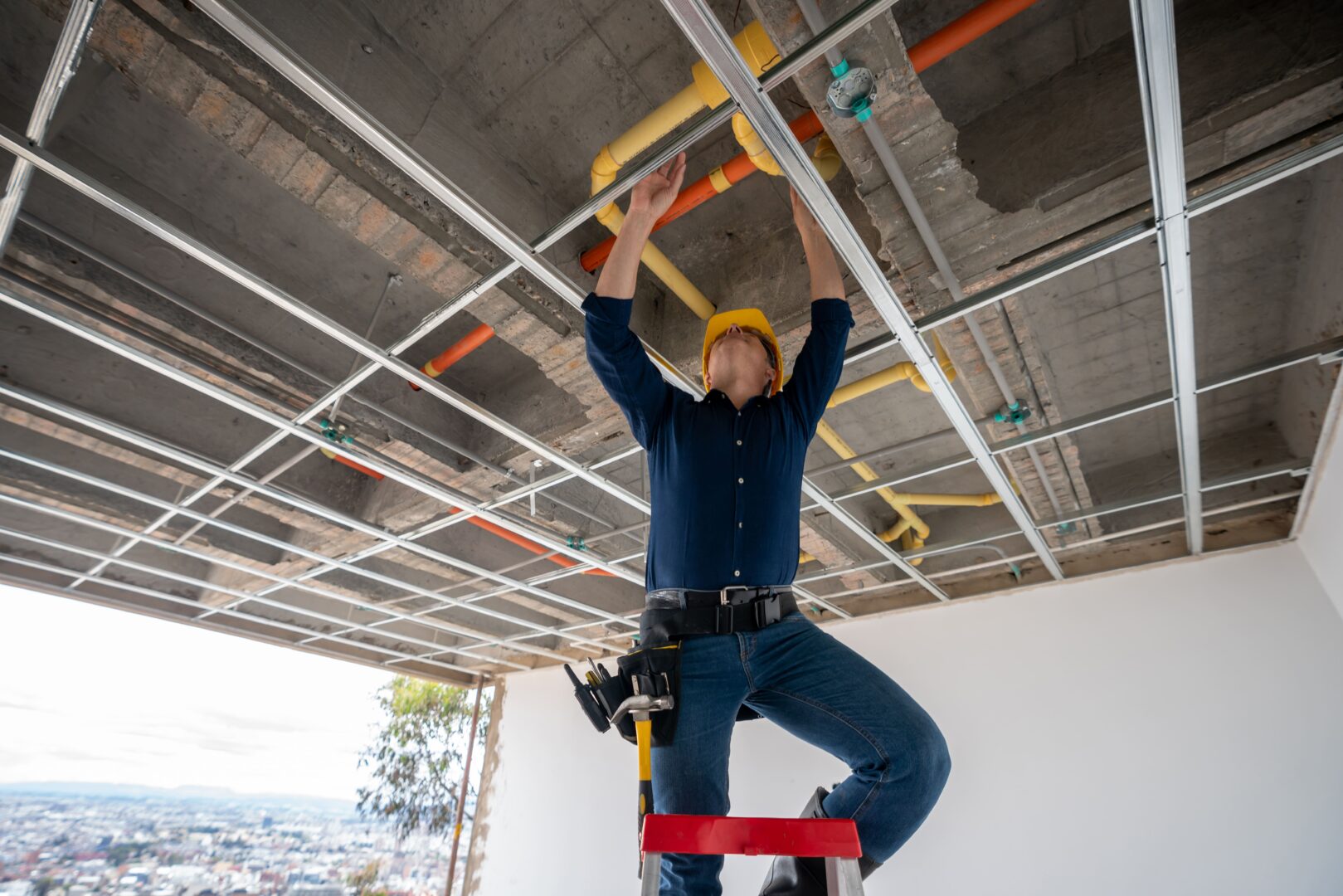
Prior to the 1970s, and in some cases during the 1970s, homes were often built with steel plumbing. This means that the pipes that were used for all of the original plumbing in the home were usually made from galvanized steel – this includes the pipes that carry wastewater away but also the pipes that carry freshwater into the home. Galvanized steel was thought to be a safer piping material than iron or lead, with less risk of rusting and lead contamination. In the nearly half-a-century since then, we’ve discovered this isn’t always true. Today, most plumbing is installed with copper or plastic (usually PEX or CPVC) piping, but many homes still have a lot of steel piping remaining. That steel piping can potentially be a hazard to your family and household. Read on to learn more.
What Is Galvanized Steel?
Galvanizing steel is the process of coating it with a zinc solution to keep the metal from rusting. While this process does produce a metal that resists rusting for longer than regular steel, after decades of use it will break down and corrode. If your home was built over 50 years ago, the odds are good that your pipes are at least partially steel, unless you’ve had your plumbing system completely overhauled and updated. If you want to check your pipes, you can see for yourself if they are galvanized steel. Find an exposed pipe in your basement or crawl space: if a magnet will stick to it, it is iron or steel. If you gently scratch the surface and can expose silver or gray material, it is most likely galvanized steel. (If your pipes are copper, they will not be magnetic and will look more like an old penny.)
Why Is It A Problem?
While galvanized steel was certainly an improvement over lead pipes, they still have some drawbacks. The galvanizing process does not prevent corrosion indefinitely. Eventually, the pipes will corrode and rust, even with the zinc coating. Over the four, five, or more decades those pipes have been in your home, they have definitely started corroding. Additionally, the zinc coating itself does contain some lead – it is less than would enter the water with lead pipes, but there is still some contamination. Over time, as the pipes corrode, more toxins will leach into the water, and the pipes themselves will become more fragile and prone to bursting, especially in the winter.
How Can You Fix It?
Call a plumber! A professional plumber will be able to determine how much of your plumbing is galvanized steel (or possibly even plain iron or lead if the home is old enough) and help you come up with a plan to partially or fully re-pipe your home with safer materials so you have a plumbing system you can trust.
Get in Touch With B&D Today!
Dealing with any plumbing concerns that require a professional to step in? Struggling with an absolute plumbing emergency that can’t wait? Let B&D Plumbing know. B&D Plumbing Inc. services the greater Washington D.C. metropolitan area, including Maryland and Northern Virginia. Get in touch with us by calling (301) 595-1141 or follow us on social media including Facebook, Twitter, Google+, LinkedIn, and Pinterest. As a small, family-owned business, we understand how important your home is—and we offer exceptional service that matches!

